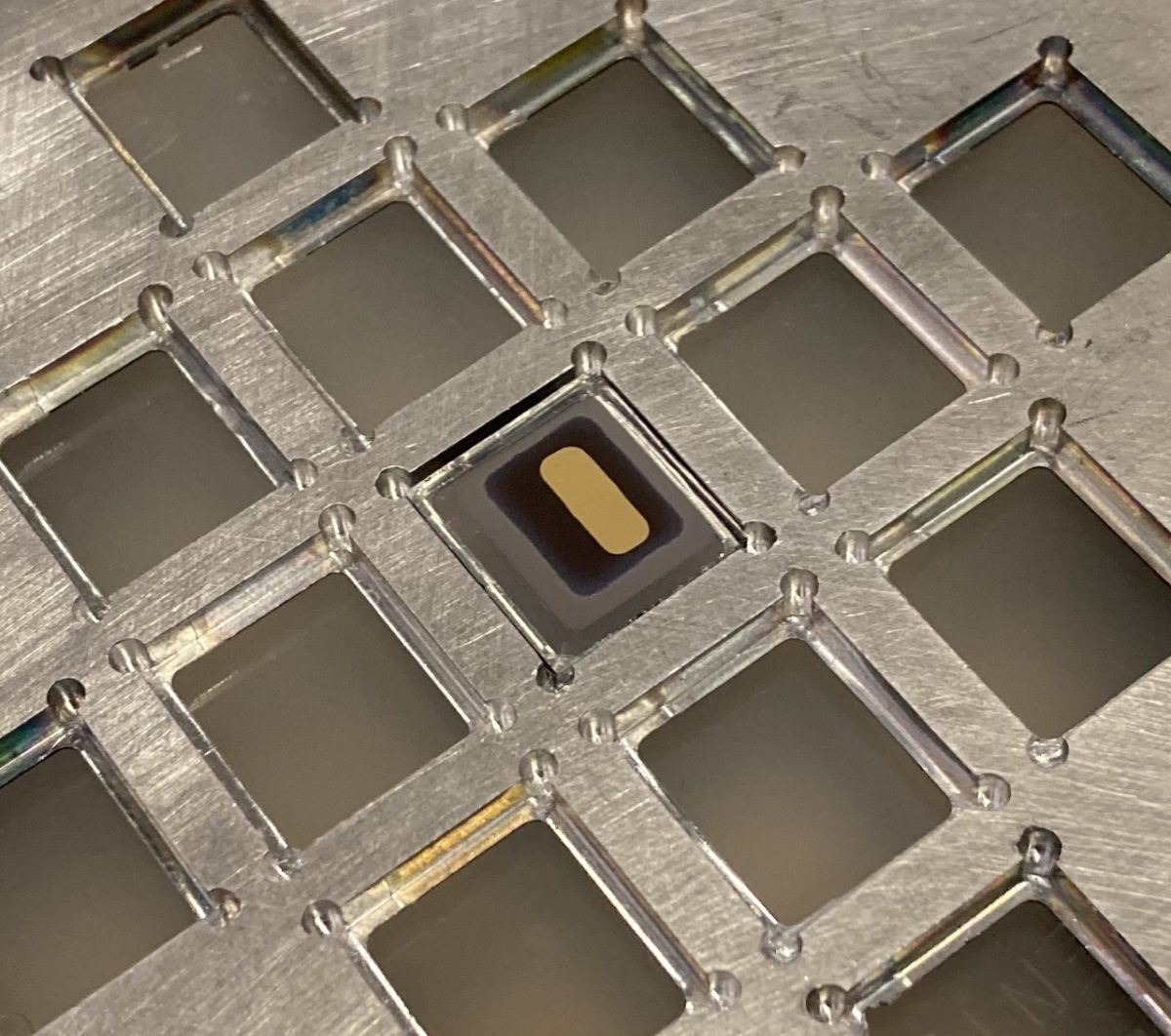Scientists led by the University of Denmark have fabricated a 0.30 cm2 selenium (Se) solar cell with a world record open-circuit voltage of 0.99 V.
“We analyzed the loss mechanisms still present in the solar cell and find that simple series resistance issues could be solved and bring the devices up to 8% efficiency.” researcher Rasmus Nielsen told pv magazine. “It is yet to be determined whether these killer defects are of intrinsic or an extrinsic nature, but improving the optoelectronic quality of selenium is definitely the only way to push this type of solar cell beyond 10% efficiency.”
The scientists built the device with a tin oxide (FTO) substrate, an electron transport layer made of zinc magnesium oxide (ZnMgO), a selenium absorber, a molybdenum oxide (MoOx) layer, and a gold (Au) metal contact. They said that characterization of the selenium material properties – such as doping concentration, lifetime, mobility, built-in voltage, and photoluminescence quantum yield – partially solved the typical voltage deficit of selenium solar cells.
“Our results indicate that improving the bulk material properties of selenium is probably necessary to further advance the performance of selenium solar cells,” they said.
Popular content
Under 1 sun illumination, the solar cell achieved a power conversion efficiency of 5.2%, an open-circuit voltage of 991 mV, a short-circuit current density of 10.0 mA cm −2, and a fill factor of 52.4%. The measurements also predict the device may reach a pseudo efficiency of 7.98% and a pseudo fill factor of 80.4%.
The researchers said the optimal thickness of the selenium absorber in the proposed cell configuration would be 400 nanometers. They presented their results in “Origin of photovoltaic losses in selenium solar cells with open-circuit voltages approaching 1 V,” which was recently published in Journals of Materials Chemistry A.
“We discourage other scientists from continuing their efforts in optimizing the device architecture, as we find the by far biggest loss mechanisms is in the heart of the photo absorber itself, namely bulk defects,” Nielsen said.
This content is protected by copyright and may not be reused. If you want to cooperate with us and would like to reuse some of our content, please contact: editors@pv-magazine.com.



2 comments
By submitting this form you agree to pv magazine using your data for the purposes of publishing your comment.
Your personal data will only be disclosed or otherwise transmitted to third parties for the purposes of spam filtering or if this is necessary for technical maintenance of the website. Any other transfer to third parties will not take place unless this is justified on the basis of applicable data protection regulations or if pv magazine is legally obliged to do so.
You may revoke this consent at any time with effect for the future, in which case your personal data will be deleted immediately. Otherwise, your data will be deleted if pv magazine has processed your request or the purpose of data storage is fulfilled.
Further information on data privacy can be found in our Data Protection Policy.